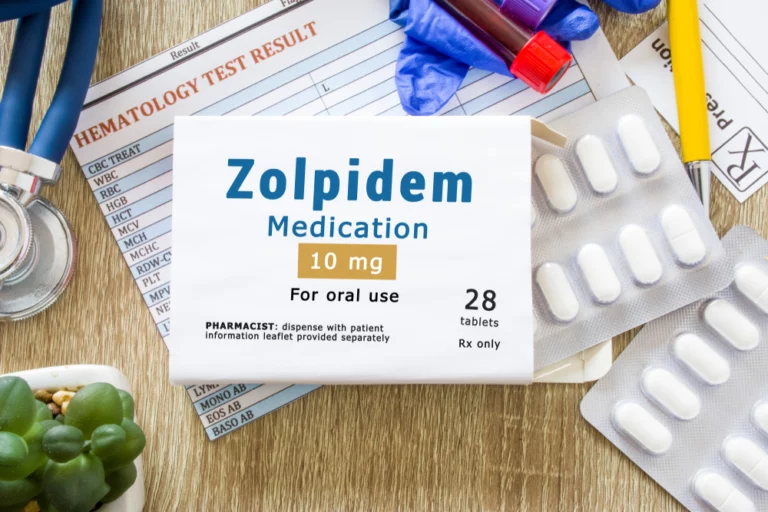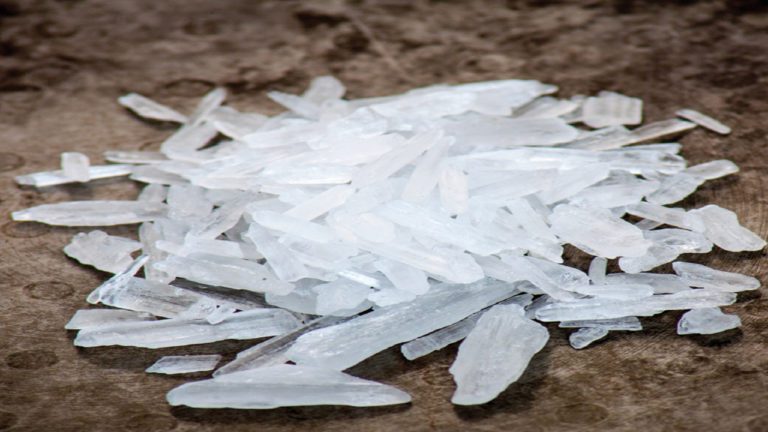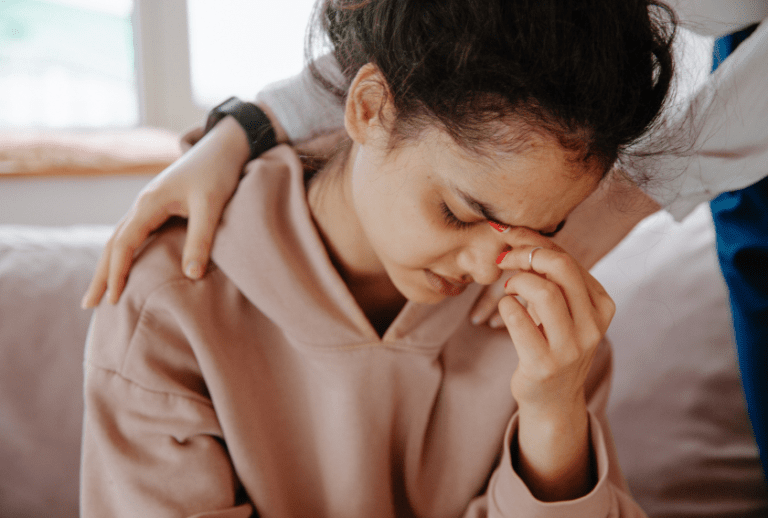Fentanyl-Laced Weed: Should You Actually be Worried?
Several social media posts and local news reports have warned about fentanyl-laced weed or “fentanyl weed”. Drug dealers often mix fentanyl with other drugs, such as prescription painkillers, because of its cheap price. However, the combination of other drugs and fentanyl may increase the risk of overdose.
This article will explain the effects and dangers of fentanyl-laced weed.
What is Fentanyl?
Fentanyl, also called “Fenty,” is a synthetic opioid that is 50-100 times more potent than morphine. Because it has powerful opioid properties, fentanyl is also abused. Fentanyl was developed for use on a skin patch to provide pain management for cancer patients. Because heroin is frequently enhanced with fentanyl or disguised as high-potency heroin, many users believe they are buying heroin but actually purchase fentanyl, which can result in overdose deaths. Fentanyl that is manufactured in Mexico is usually clandestinely produced.
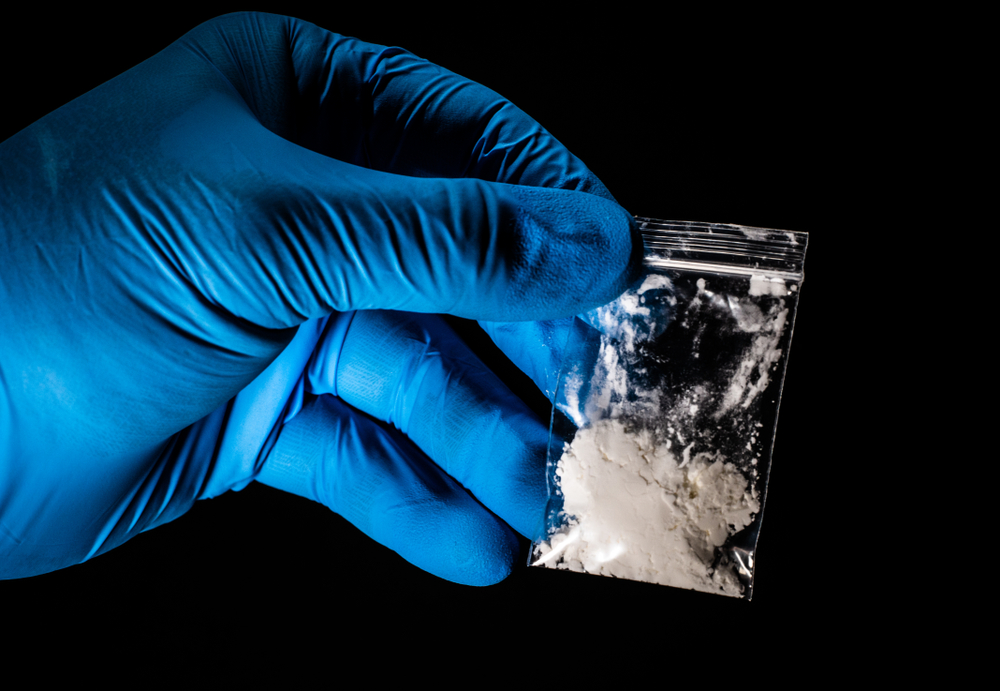
What is Fentanyl-Laced Weed or “Fentanyl Weed”?
If a drug is “laced” it has had another drug added to it. Lacing is a common practice for certain drugs, particularly those like cocaine that is frequently mixed with other compounds to increase volume and boost profits. Some drugs are mixed with other substances to alter their impact (either to enhance or reduce these effects), such as heroin which if often laced with the drug fentanyl. This method frequently has lethal consequences. Despite the fact that marijuana is less likely than other illicit substances to be intentionally laced with fentanyl, this does happen.
There are no reliable statistics on how much marijuana is intentionally laced, and a large proportion of reports of tainted cannabis comes from news outlets. Cannabis products will be subject to strict quality standards as they become legal for both medical and recreational purposes in some states. As a result, there is a much higher chance of buying contaminated marijuana from an illicit source.
Why Drug Dealers Lace Drugs with Fentanyl
Drug suppliers add extra addictive substances, like fentanyl, to their narcotics to make them more powerful and addictive. Because of this, users are more likely to return to their dealer, maintaining the flow of revenue. This allows them to sell less “legitimate” goods at a higher price. Synthetic drugs are also less expensive to produce than genuine ones, and so more and more drug dealers are lacing their narcotics. Because of this, the rate of fentanyl-related fatalities and overdoses is increasing.
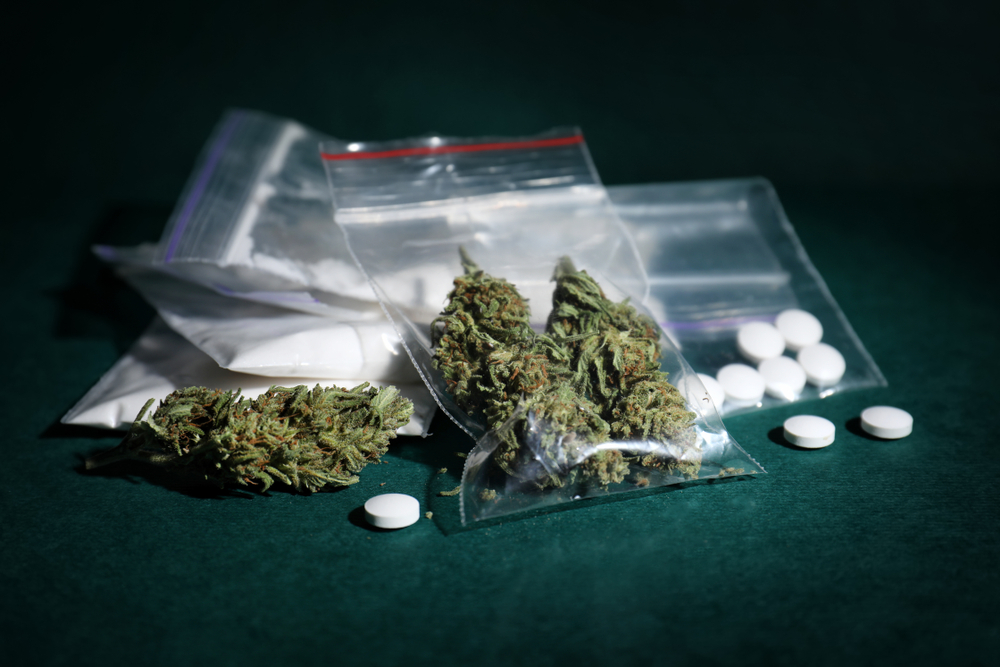
Are People Really Lacing Marijuana with Fentanyl?
It is difficult to determine how prevalent fentanyl weed is, as individuals rarely acknowledge having experienced it unless they require medical care as a result. Nationwide, 5.6 percent of individuals aged 26 or older reported using marijuana in the previous month. That number increases to 19.1 percent among those 18 and older who have used it in the past month. It is likely that only a small percentage of those who recently used marijuana encountered fentanyl-laced marijuana.
A school in Connecticut reported that, early in 2022, a student was hospitalized after smoking what is believed to be fentanyl-laced marijuana. Because of several reports of opioid overdose symptoms in individuals who reported smoking just marijuana, the Connecticut State Department of Public Health issued a warning about the dangers of fentanyl-laced marijuana. In at least one case, marijuana was checked and discovered to contain fentanyl.
Can You Prevent Using a Fentanyl-Laced Drug?
Marijuana use is becoming more and more popular across the United States, particularly since it has been decriminalized in so many places. Although pure marijuana is now legal in many states, it may still be dangerous if it has been contaminated with other, more powerful drugs. Buying marijuana illegally is risky because you cannot tell how pure it is. How can you safeguard yourself against contaminants and potential fentanyl-lacing if you don’t want to quit using marijuana?
- Purchase marijuana legally and from a legitimate vendor
- Thoroughly inspect the marijuana before purchasing
- Test a small amount before consuming
- Don’t consume marijuana alone
- Purchase fentanyl test strips, which detect the presence of fentanyl within minutes
- Carry a naloxone kit

How To Tell If Your Weed Is Laced
There are two common methods for lacing weed. The first involves sprinkling substances into ground-up weed that is likely wrapped or rolled into a joint or blunt. The second method involves dipping a joint or blunt into a liquid drug or chemical mixture, often called “wet.”
- Laced with fentanyl – Pure marijuana can contain brown crystals, but laced weed may have blue or white crystals, which is the typical color of fentanyl. Within 15 to 20 minutes after consuming marijuana, the user can detect if it has been laced because the immediate effects will differ from those of pure weed. Overdosing on fentanyl-laced weed can lead to symptoms such as a slowed heartbeat, seizures, wet and clammy skin, and extreme drowsiness.
- Laced with cocaine – The typical scent of cocaine-laced weed is a weak aroma of the chemical solvent used for extracting the drug from the coca plant. The flavor of cocaine is bitter and metallic, but smoking it may quickly numb your mouth to the sensation. Weed not laced with cocaine should only produce a few white crystals, or trichomes, from its buds. If you observe more powder than usual, your weed may have been mixed with cocaine.
- Laced with PCP – Angel dust, or PCP, looks similar to cocaine but has a harsh chemical taste. To determine if your weed has been laced with PCP, inspect it as you would for cocaine and watch for excessive white powder on the buds’ surface. However, PCP can also be mixed into a liquid and applied to a joint, leaving behind harder-to-detect white crystals. Symptoms of PCP-laced weed include severe disorientation, numbness, slurred speech, and erratic behavior.
- Laced with LSD – Heating LSD causes it to break down, so dealers typically dose the tip of a joint or pre-roll with LSD, which is then absorbed by the mouth when smoked. This combination produces a potent hallucinatory effect and can impair coordination.
What Happens if You Use Fentanyl-Laced Weed?
Seek emergency medical help immediately if you believe you may have smoked weed that has been laced with fentanyl. This is especially important if you experience any of the following adverse effects:
- Respiratory depression
- Pain in chest
- Confusion
- Slurred speech
- Auditory or visual hallucinations
- Unconsciousness
If you experience any of these symptoms, call 911. In case of emergencies, keep Narcan at home. Narcan is a medicine used to counteract opioid impacts. First responders regularly use it and it’s available for private use as well. It is used to counterbalance the impact of opioids to prevent fatalities.
The Bottom Line
Marijuana addiction is still a significant threat even when it is legal in most states. Today, an estimated 14.2 million people struggle with marijuana addiction. This is especially true for young adults and teenagers. Because of their partially-developed brain, young adults and teens are at particularly high risk for drug addiction.
Because of its potency, fentanyl poses a real threat to the public. If you or a loved one is battling with drug dependency and is worried about fentanyl-laced marijuana, know that help is available for you.

Oasis Recovery is Here for You
Anyone can become addicted. If you or a loved one is currently suffering from addiction, Oasis Recovery’s mental health services and tailored treatment programs can assist you. Oasis Recovery was created from personal experience with addiction and recovery and offers mental health services and addiction treatment programs in addition to open-minded and compassionate care. We firmly believe that anyone can recover from addiction. Our experts work with you to create a treatment program that suits your needs. Common treatment programs include:
- Intensive Outpatient Programs (IOP)
- Full-time Addiction Treatment on campus
- Aftercare Services
Please contact us for information about how our programs and services can assist you in recovering from addiction. You no longer have to battle with addiction on your own. We are here to assist you.





